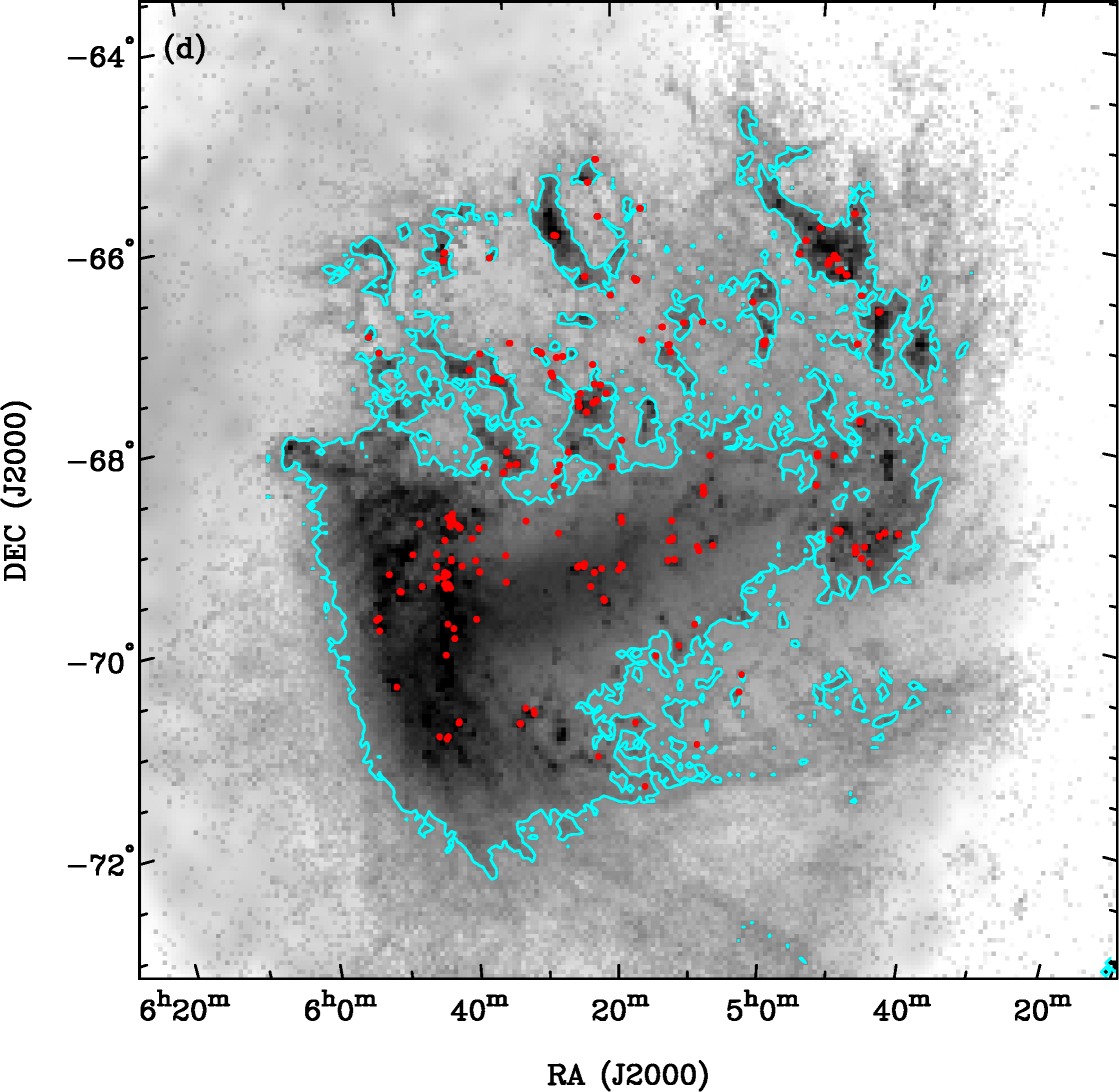
|
Chao-Chin Yang (楊朝欽)Assistant Research Professor
Department of Physics and Astronomy
University of Nevada, Las Vegas
|

|
Chao-Chin Yang (楊朝欽)Assistant Research Professor
Department of Physics and Astronomy
University of Nevada, Las Vegas
|
The pitch angle of the spiral arms in barred galaxies often shows variation at different radial distances to the galatic center. By generalizing the kinematic term in a nonlinear bar-drivien density wave theory, we naturally explained this dependence of pitch angle on radial distance.
Applying this theory to the case of NGC 5248 with excitation at its outer inner Lindblad resonance (OILR), we successfuly reproduced the spiral structure of the galaxy all the way to the galatic center: open spirals near the resonance, while more tightly wound in the circumnuclear region. Moreover, the inward flowing gas driven by this structure could also explain the starburst nuclear rings detected by observations.
The figure shows the circumnuclear region of our model for the galaxy. The colors depict the surface density of the gas, while the lines delineate the line-of-sight velocity contours. The spiral structure closely matches the observed CO intensity map, while the bending of the velocity contours along the spiral arms indicate the presence of radially inward component of the gas velocity.
Reference: Yuan, C., & Yang, C.-C. 2006, ApJ, 644, 180.

The Toomre instability criterion for the gas is usually believed to be a necessary condition for the star formation to occur in a disk galaxy. In practice, however, star formation often occurs in a Toomre stable region. Therefore, we hypothesize that the stellar component of a disk galaxy also plays an important role in triggering the gravitational instability for star formation.
We tested this hypothesis using the Large Magellanic Cloud. The figure shows the Toomre stability Q-parameter incorporating both the gas and the stellar components, and the contour shows the critical line of Q = 1 inside which the region is gravitationally unstable. The red dots show the locations of all the candidates of the young stellar objects (YSOs), where the most recent star-forming activities occurred. As shown by the figure, ~85% of the YSOs are located in the unstable region, in contrast to ~62% if only the contribution of the gas were considered. This demonstrates that the contribution of the stellar component is indeed significant in triggering star formation in a disk galaxy.
Reference: Yang, C.-C., Gruendl, R. A., Chu, Y.-H., et al. 2007, ApJ, 671, 374.
From observations, it appears that the distribution of metals is significantly homogeneous in disk galaxies and in the ISM. For example, the radial metallicity gradient in disk galaxies is appreciably shallow, contrary to the otherwise steep gradient of star formation rate. Moreover, members within each star cluster of various type show high degree of homogeneity in their chemical composition, which has become a foundation for the technique of chemical tagging and galactic archaeology. Therefore, an efficient mechanism to homogenize the distribution of metals is required in galactic disks and in the ISM.
We proposed that turbulence driven by thermal instability — which is ubiquitous in the ISM and drives its multi-phase medium — can be such a mechanism. Using computer simulations, we generated such a turbulent medium and populated metal tracers to study how metals are mixed. As shown in the figure, we sent in a large-scale signal in metal distribution from the left-hand side (upstream), which was gradually transported to the right by galactic rotation and passed through a spiral arm in the middle. The large-scale signal was quickly disturbed and cascaded down to small scales and became well mixed downstream. In fact, the process is equally efficient without the presence of a spiral arm. Therefore, this demonstrated that turbulent mixing by thermal instability can be a promising mechanism to explain the chemical homogeneity discussed above.
Reference: Yang, C.-C., & Krumholz, M. 2012, ApJ, 758, 48.